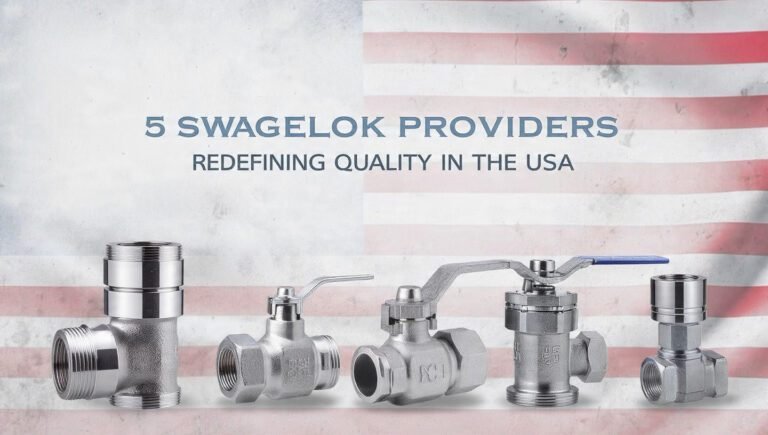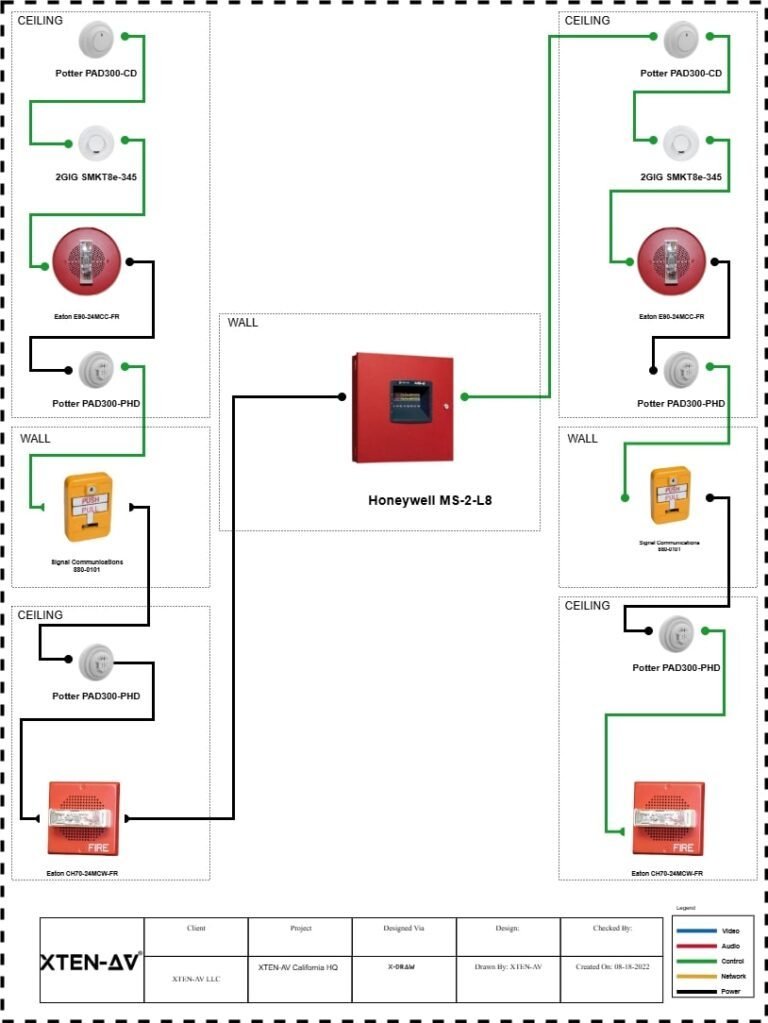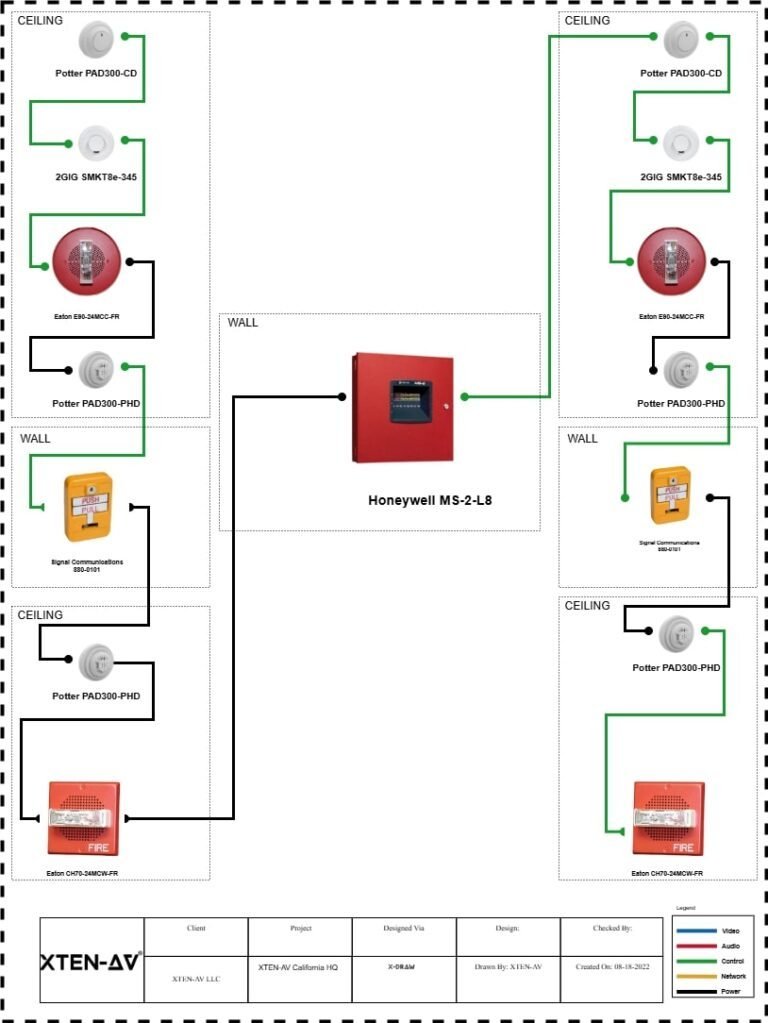For many dog owners, choosing a muzzle can be an emotional decision. The sight of a dog wearing one often brings to mind aggression or danger, but in reality, a properly fitted muzzle is a symbol of responsibility, safety, and care. Just as helmets protect cyclists, a pet muzzle can safeguard both your dog and those around them. What many people don’t realize, however, is that the design and fit of a muzzle are deeply rooted in science — from its shape and materials to its ventilation and ergonomics. A well-designed muzzle not only prevents bites but also ensures comfort and calmness for your dog.
Understanding the Purpose of a Muzzle
Muzzles are not about punishment — they’re about prevention and protection. Dogs may need muzzles for various reasons: anxiety during grooming, fear at the vet, or reactive behavior in stressful environments. Even the most gentle dogs can act unpredictably when frightened or in pain. That’s why the correct design and fit are essential; a poorly designed or ill-fitting muzzle can cause discomfort, increase anxiety, and even lead to injury.
A scientifically developed muzzle accounts for canine anatomy, allowing dogs to pant, drink, and breathe easily. The goal is not to restrain but to enable safe interaction while minimizing distress.
The Anatomy of a Well-Designed Muzzle
When you look at a quality dogs muzzle, you’re seeing a balance of safety, engineering, and understanding of canine behavior. The structure of the muzzle must meet several critical criteria to ensure both protection and comfort:
- Shape and Structure:
The design must follow the contours of the dog’s snout. Broad-headed breeds like Boxers or Bulldogs require shorter, wider muzzles, while long-snouted dogs such as Greyhounds need elongated designs. A good fit ensures stability without excessive tightness. - Ventilation:
Dogs regulate their temperature by panting. Restricting airflow can quickly cause overheating, especially in warm climates. That’s why the best muzzles have open frameworks or strategically placed air holes to maintain proper ventilation. - Material Science:
Modern muzzles are made from materials like thermoplastic rubber, biothane, or breathable leather. These materials combine durability with flexibility, reducing friction against the skin. Soft padding or lining prevents irritation around sensitive areas like the nose and jawline. - Safety and Adjustability:
A secure muzzle includes adjustable straps that prevent slipping while ensuring comfort. The straps should distribute pressure evenly, avoiding excessive tightness around the neck or eyes. - Accessibility for Treats:
A well-designed muzzle allows for positive reinforcement training. Small gaps or openings should let owners feed treats to reward calm behavior — a crucial aspect of conditioning dogs to wear a muzzle without fear.
The Physics of Pressure and Comfort
The science behind muzzle design isn’t just about shape — it’s about pressure distribution. A poorly fitted muzzle can create localized pressure points, leading to soreness or skin damage. Engineers and canine experts have studied how materials flex and distribute weight during different head movements.
A good muzzle must remain stable when the dog shakes, pulls, or opens its mouth wide to pant. The key lies in strategic balance: firm enough to stay in place but flexible enough to move naturally with the dog’s facial muscles. High-quality designs often feature contoured padding or soft edges to reduce friction and maintain comfort during longer wear.
This balance of rigidity and flexibility is what distinguishes a professional-grade muzzle from cheaper, mass-produced options.
How Fit Impacts Emotional Well-being
Beyond physical comfort, a proper muzzle fit also affects a dog’s emotional state. A loose muzzle that shifts around may cause stress or panic. Conversely, a tight muzzle that restricts movement or breathing can trigger feelings of confinement or fear.
Behaviorists emphasize that the muzzle-wearing experience should be positive. When dogs associate the muzzle with comfort and relief— rather than punishment — they wear it calmly, even happily. This emotional comfort stems from a well-designed fit that allows natural movement, visibility, and airflow.
Introducing a muzzle with patience, treats, and short practice sessions helps dogs build confidence. Over time, the muzzle becomes a familiar, reassuring tool rather than an intimidating restraint.
Muzzle Design and Breed Diversity
One of the biggest challenges in muzzle design is the diversity of canine anatomy. Breeds differ vastly in snout length, jaw strength, and facial structure. A muzzle that fits a Labrador will not suit a Pug or German Shepherd.
This is where modern design innovation shines. The best dog muzzle Australia brands use ergonomic measurements and adjustable components tailored for different breeds and activities. Some models even feature 3D scanning and breed-specific templates to ensure a precise fit.
Whether your dog is a high-energy working breed or a calm companion, finding the right muzzle designed for their anatomy ensures both effectiveness and comfort.
The Importance of Proper Fitting
Even the best-designed muzzle fails if it’s fitted incorrectly. Here are a few professional tips for getting the right fit:
- Measure your dog’s snout length, circumference, and width before purchasing.
- The muzzle should fit snugly but allow one finger to slip between the strap and skin.
- Ensure your dog can pant and drink while wearing it.
- Regularly check for chafing or signs of irritation.
A properly fitted muzzle should stay securely in place even if your dog shakes or runs.
Final Thoughts
The science of muzzle design blends anatomy, engineering, and empathy. When chosen and fitted correctly, a muzzle is not just a safety tool — it’s a comfort device that protects your dog and those around them. It enables Peaceful grooming, safe training sessions, and peaceful walks in public spaces.
By understanding the science behind how a muzzle works, owners can make informed choices that support both physical safety and emotional well-being. Investing in a properly fitted, high-quality muzzle isn’t about control — it’s about compassion, care, and confidence in your canine companion.








































































































































































































































































































































































































































































































































































































































































































































































































































































































